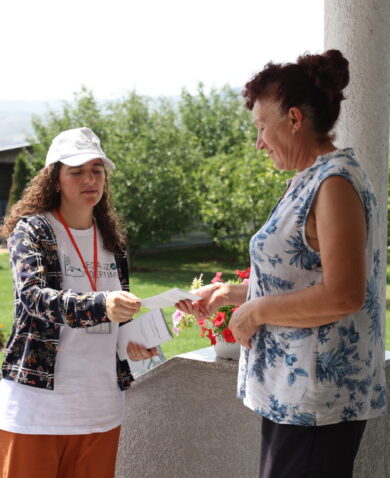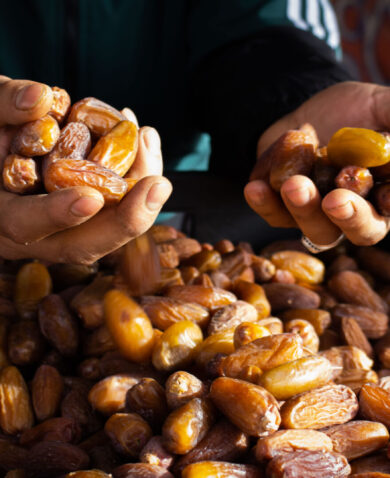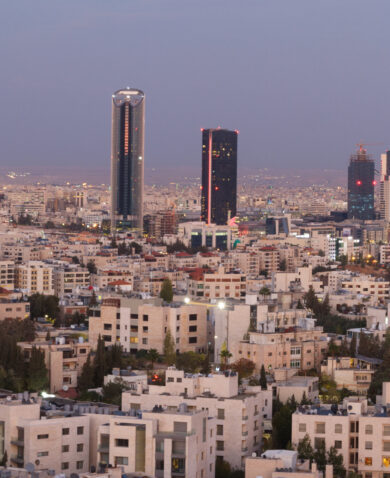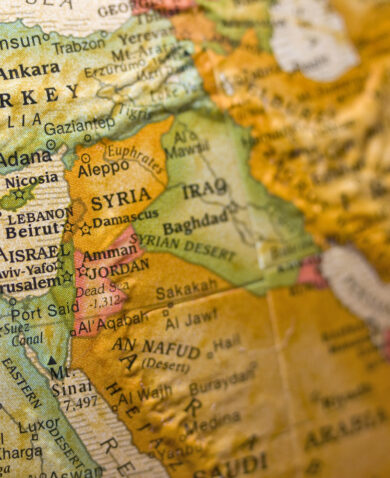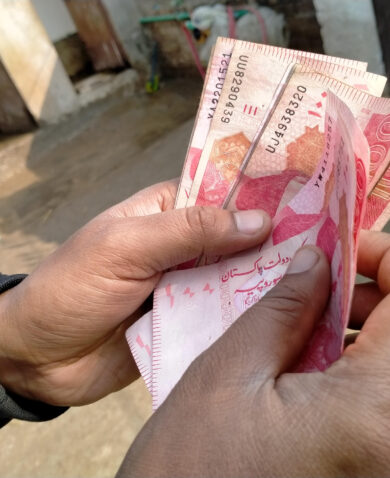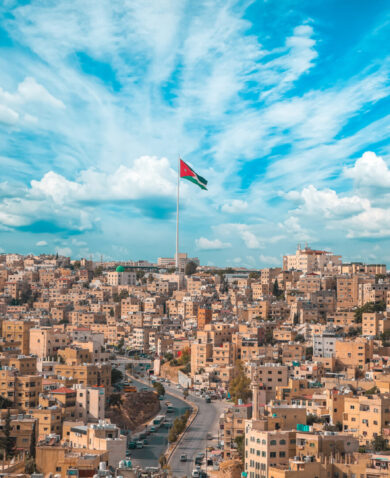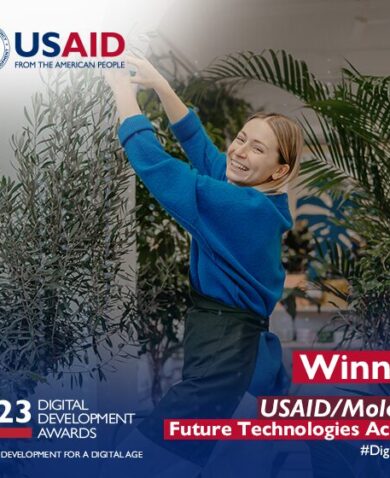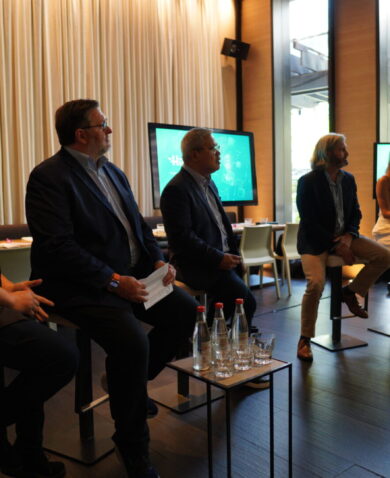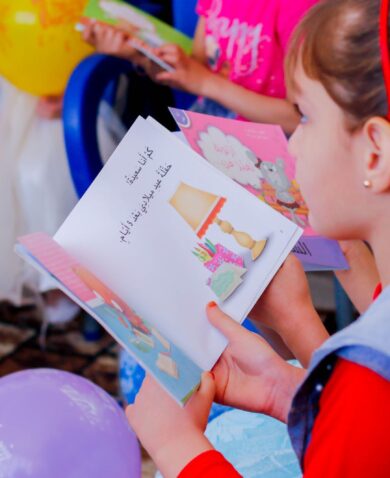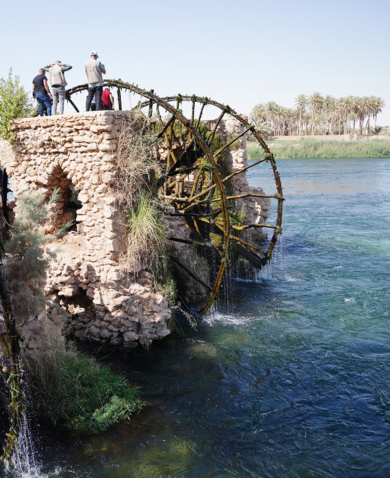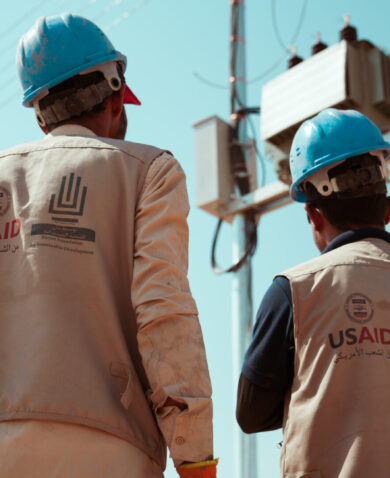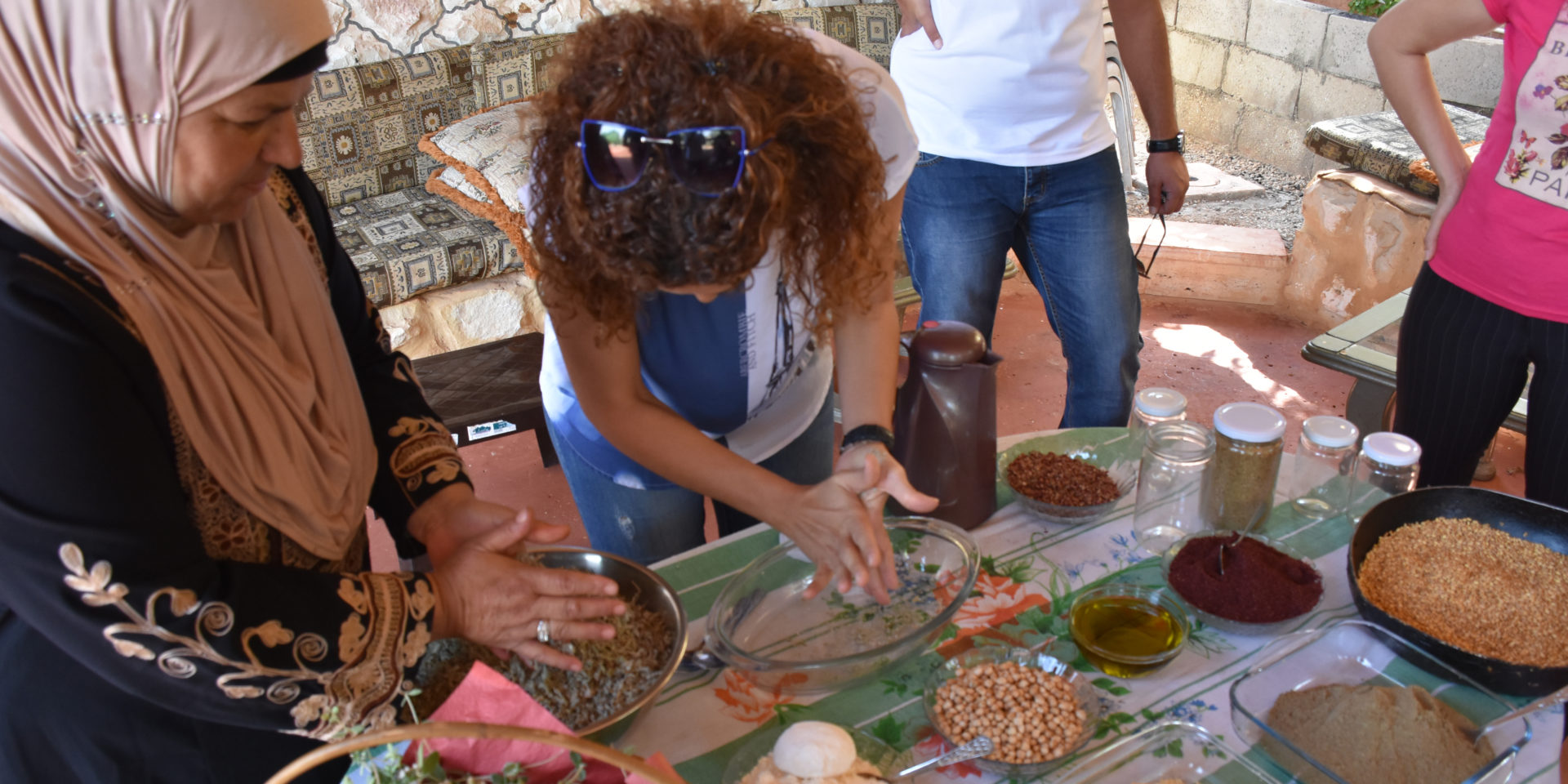
Finding Balance: Cultural Preservation and Tourism
November 28, 2017 | 4 Minute ReadThe tourism sector drives economic growth around the world. As it continues to grow, how can development programs mitigate potential negative effects on host communities?
The tourism industry plays a pivotal role in global economies. Today, tourism is the largest employer and generator of foreign exchange — this is especially vital for the economic growth of developing countries that strive to attract visitors from all around the world to explore their cultural and natural treasures. However, the importance of tourism lies not only in the substantial economic benefit it brings, but also in the opportunity for cultural exchange that it offers. Tourism brings together people from different backgrounds, cultures, and traditions. Tourists share their experiences and memories about places they visited and people they met, which helps promote peace and tolerance. This puts tourism at the forefront of economic sectors as a catalyst for peace, prosperity, and economic growth. According to research by the World Travel & and Tourism Council, countries with a more open and sustainable tourism sector tend to be more peaceful.
Creating the Balance
The tourism sector is recognized for its leading role as a catalyst for economic growth and cross-cultural exchange; therefore nations, governments, and policy makers should be mindful of the political, environmental, social, and cultural aspects of tourism development. It is important to realize in tourism programming and planning that the bearings of tourism shouldn’t be assessed only by tangible economic gains, but also by intangible implications that affect society and culture. Among the most prominent negative effects of tourism are exploitation of cultural resources, environmental degradation, and considerable socio-cultural related impacts.
From a socio-cultural perspective, focus should be placed on mitigating negative impacts of tourism on host communities and helping to maintain their customs, traditional lifestyle, and authenticity, while celebrating the positive economic outcomes. Current tourism trends show an uptick in the number of tourists seeking local and authentic indigenous and community-based cultural experiences.
Oftentimes tourism experiences are altered to conform to tourists’ expectations and desires, resulting in loss of authenticity and commercialization of local experiences and products, which threatens local cultural identity. The most critical elements to be examined and considered in tourism destination or product planning, to offset tourism growth benefits and potentially negative impacts of tourist influx, may include:
Commodification
In response to the demand and expectations of the mainstream tourism sector, the portrayal of cultural products and experiences usually entails staging and using “theatrical” effects for cultural presentation. When used excessively to accommodate the fast-growing tourism sector, staged cultural presentation leads to increased commoditization of local cultures and destroyed authenticity. This has dual negative effects, both on host communities who lose the meaning of their cultural offering and on tourists who, nowadays, place high value on authentic experiences.
Governing authorities should adopt a holistic approach to tourism destination planning, with multi-stakeholder engagement, to cover the multi-faceted impacts of tourism growth. Emphasis should be placed on the social and cultural fabric by creating a balance between real and staged experiences, managing tourism flow to acceptable levels, and building local capacity to appreciate the long-term value of conserving their tangible and intangible cultural assets for future generations to celebrate.
Carrying Capacity
Each tourism destination should identify and sustain an acceptable level of visitation, as a management tool for tourism planning and development. Identifying a carrying capacity threshold is particularly important to manage tourists’ flow and ultimately prevent compromising the environmental and cultural integrity or negatively affecting the visitors’ experience. Depending on the nature of the tourism product — whether a heritage or archaeological site, a natural reserve, or a historical neighborhood, town, or city — there are comprehensive methodologies and tools that can be utilized to determine carrying capacity and limits of acceptable change. Based on that, management systems, guidelines, and design solutions are introduced in the tourism product development process to mitigate negative impacts on built and natural heritage, intangible heritage, and indigenous local communities.
Local Community Engagement and Awareness
As an underlying principle in tourism planning, it is crucial for governments to assess and develop a clear understanding of communities’ attitudes and perceptions towards tourism. From there, methods can be deployed to:
- Create awareness of the benefits of tourism as a force for economic growth.
- Engage local communities in tourism development planning.
- Instill a sense of pride in locals related to their cultural values and authenticity when engaging in tourism activities.
This will reinforce the community’s pride and importance of preserving their cultural assets as a source of economic sustainability for generations to come.
Introducing Agri-Tourism in Jordan
One example of how to apply these elements to a tourism activity can be found in Jordan. Jordan has a variety of farms and a generous farmers’ community, whose everyday life is of interest to many foreign cultures. A local entity, Al-Marj Development and Training Company, launched and championed an agri-tourism initiative in the suburbs of As-Salt city, aiming to support local farming communities by offering visitors unique tourism experiences in an authentic rural setting. Six farm experiences are being developed with the support of the USAID Building Economic Sustainability through Tourism (BEST) project, whereby local farmers and their families introduce visitors to a typical day on their farms. For farmers to make meaningful profit, there was a need to diversify and alter the farms’ operations, designing services, and experiences to meet visitors’ needs. As interest in agri-tourism in As-Salt region continued to grow, the planning process deployed the above three elements. For each farm, visitation capacity was defined in terms of frequency of tours and maximum number of participants per tour group. As such, the visitors’ flow is maintained in a way that does not disrupt the daily life and family rituals of the local population. Additionally, visitor numbers are in line with the household capacity for experience delivery and food production, negating the tendency for commodification of local offerings. To maintain authenticity, the project designed experiences and activities showing daily affairs of the farm in its original modest ambiance. In cases of expansion, the project made design considerations to maintain the host families’ traditional daily costumes; household presentation using indigenous planting, traditional fabric and furniture; as well as the equipment and utensils they use daily. As a guiding principle, the project secured the buy-in and involvement of the hosts at the very initial stages of the process, following comprehensive awareness campaigns on the agri-tourism concept. Adopting this balanced approach instigated local community interest in engaging in agri-tourism activities and encouraged other entrepreneurs and community-based organizations to follow suit and build on the success of Al-Marj. This has paved the way for a promising agri-tourism product that will benefit the local community while preserving a unique cultural and traditional heritage.

